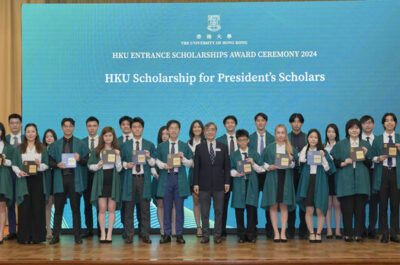Making its first digging into its future campus, Lao National Institute of Tourism and Hospitality helped to find back part of Vientiane old city walls.
VIENTIANE – LANITH hit pay dirt last Saturday, 8 September, when the Lao National Institute of Tourism and Hospitality (LANITH) began the initial survey of its proposed Vientiane campus and turned up a section of the capital’s ancient city wall.
LANITH Chief Technical Advisor Peter Semone had requested a preliminary archaeological survey of the Mekong Riverbank site, having learned the Vientiane City Wall and its southwest bastion, built in the 14th-15th centuries, could be hidden under the planned location. “When I approached archaeologist Marion Ravenscroft, a consulting conservator at the Lao National Museum, with the idea of a survey, she sprung into action.”
LANITH then partnered with Laos Ministry of Information, Culture, and Tourism (MoICT); the museum’s archaeologists; Aqua Survey and their state-of-the-art detection device; and the Metals Mining Group (MMG), which co-sponsored the dig. Mr Semone pointed out, “This survey is a true public-private sector partnership as well as a contribution to Laos’ cultural heritage.”
The MoICT’s Director of Archaeology Dr Tonglith Luangkhot was quite certain this dig would prove positive, based on a 16th century Dutch map of Vientiane, the presumed location of the vanished Pasak River, and the remains of Prince Souphanouvong’s (1909–95) house. Digging in the area finally paid off: at about 2:30 p.m., students found the top of the Vientiane City Wall. Ms Ravenscroft said that, “This is definitely a successful archaeological dig.”
The students also turned up 17th-18th-century Chinese porcelain shards, which they turned over to Naho Shimizu, an archaeological researcher and ceramics expert at the Lao National Museum. “This is quite impressive. I really expect to find more,” Ms Shimizu said.
Ms Ravenscroft then directed a backhoe to the front of Prince Souphanouvong’s house, while Mr Smith electronically sent his preliminary findings to engineers in the US, who will interpret them, and return the results within days.
Mr Semone concluded, “LANITH will definitely place cultural heritage before development. If the dig’s results are consistent with the archaeologists’ predictions, we will be able to incorporate the Vientiane Wall and bastion into a culturally-sensitive design for the campus.”
Luc Citrinot a French national is a freelance journalist and consultant in tourism and air transport with over 20 years experience. Based in Paris and Bangkok, he works for various travel and air transport trade publications in Europe and Asia.




![[PR] PR_Ascott and Vimut Hospital_2024](https://www.traveldailynews.asia/wp-content/uploads/2024/04/PR-PR_Ascott-and-Vimut-Hospital_2024-400x265.jpg)









































































